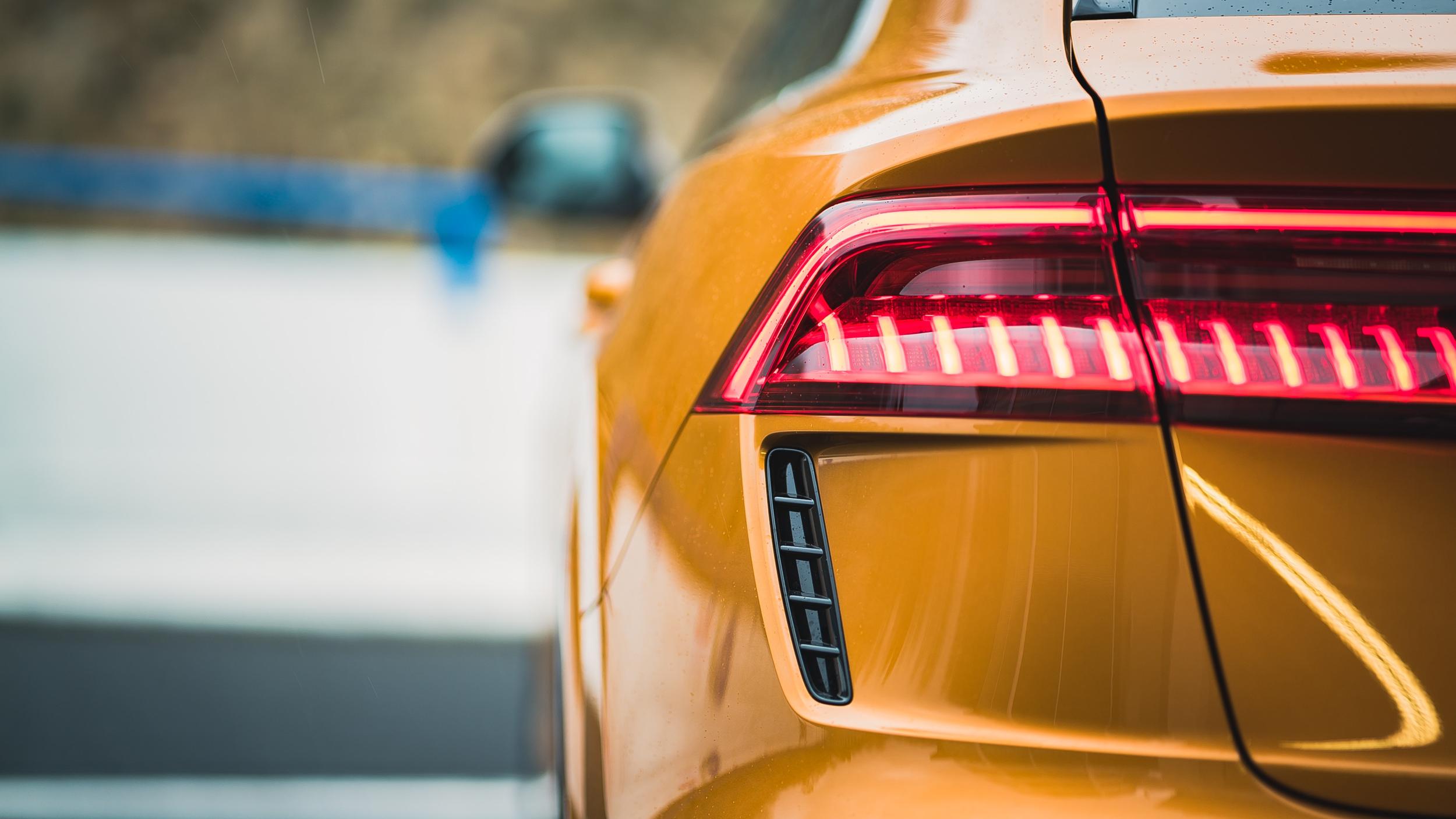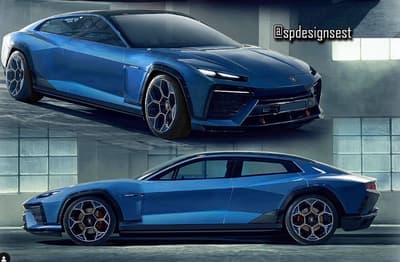Audi and Lamborghini, two giants of the automotive world, are more closely related than the casual observer might recognize. Both brands are under the Volkswagen Group umbrella, which has paved the way for technology, platform, and design sharing. While each brand retains its unique identity, one can’t help but notice certain resemblances and parallels, especially when we delve into the design and engineering features. This article will explore the comparative design aspects of the Audi 100 Coupé S and Lamborghini Espada, the Audi R8 and Lamborghini Huracán, the Audi Q8/RSQ8, and Lamborghini Urus, and the Audi e-tron GT/RS e-tron GT and Lamborghini Lanzador.
Audi 100 Coupé S vs. Lamborghini Espada
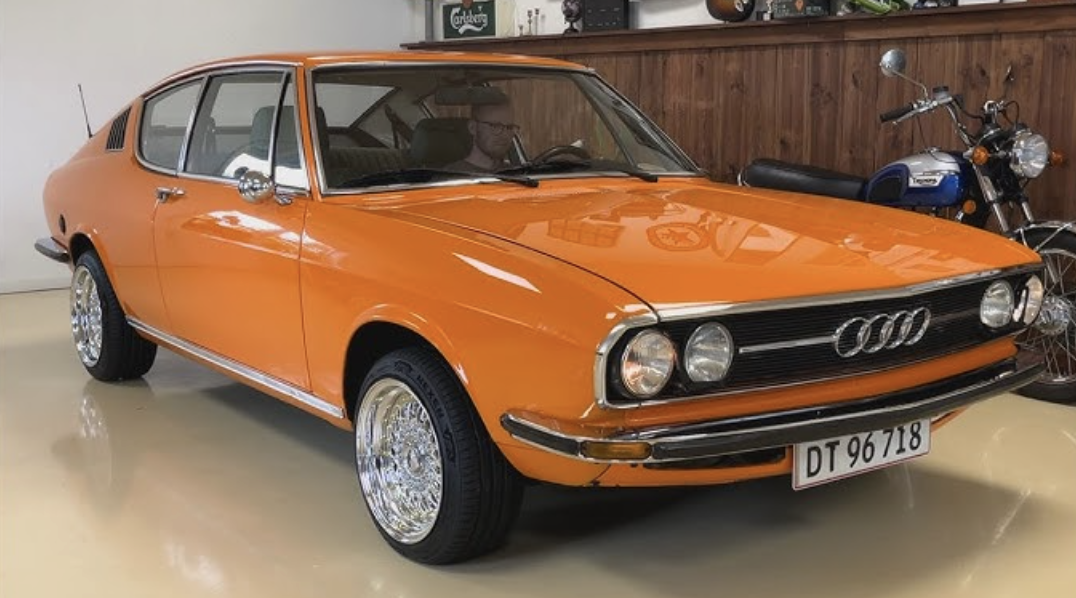
Venturing back in time, the automotive landscape of the late 60s and early 70s brought forth some iconic vehicles. Among them, the Audi 100 Coupé S and the Lamborghini Espada stand out, not necessarily as direct competitors, but as emblematic representations of their respective brands during a transformative era.
The Audi 100 Coupé S, introduced in the late 60s, brought a touch of sporty elegance to the brand’s lineup. Its elongated hood, characteristic fastback design, and subtle, refined lines made it a standout in its class, hinting at Audi’s future design direction. The Lamborghini Espada, on the other hand, was an avant-garde marvel. Designed by Marcello Gandini at Bertone, this 2+2 grand tourer combined the low-slung drama typical of Lamborghini with the practicality of a four-seater. Its broad, flat profile and distinctively angular front and rear gave it a unique presence on the road.
Mechanically, these cars existed in different realms. The Audi 100 Coupé S, with its inline-four engine, was about offering a balanced combination of performance and practicality. It was nimble, responsive, and suitable for daily driving while still providing a hint of sportiness. The Lamborghini Espada, in stark contrast, boasted a powerful V12 engine, cementing its position as a high-performance grand tourer. Its roar was unmistakable, and its performance credentials were in line with the Lamborghini tradition.
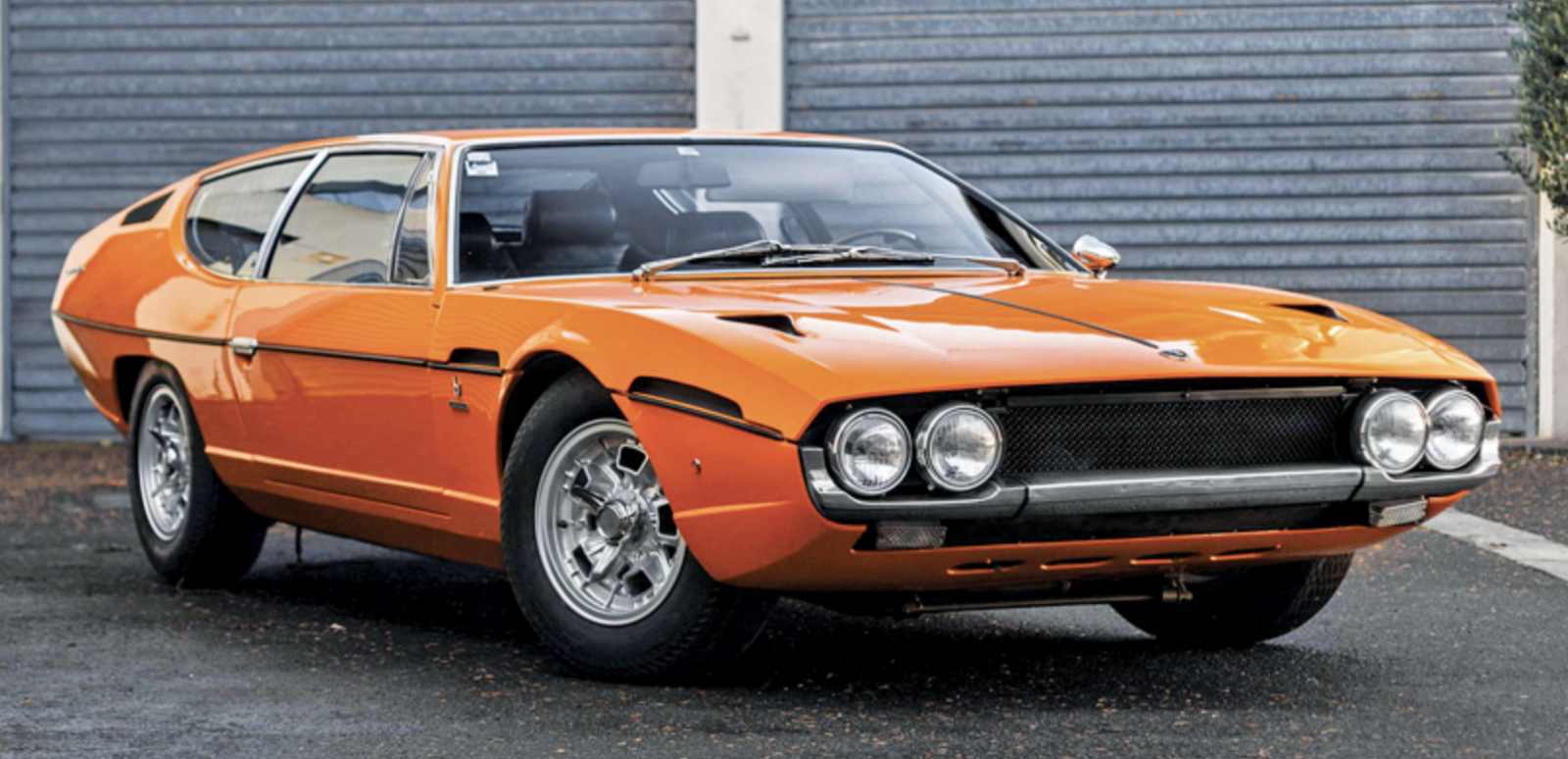
Inside, the 100 Coupé S provided a straightforward, ergonomic layout with a touch of luxury – a testament to Audi’s commitment to driver-centric design. The Espada, meanwhile, wrapped its occupants in Italian luxury with ample leather, chrome details, and unique touches like its vertically oriented radio and controls. Despite its supercar DNA, the Espada was genuinely designed with the comfort of four adults in mind.
Both vehicles, in their own right, have left indelible marks on automotive history. The Audi 100 Coupé S is remembered as a vehicle that harmonized sportiness with everyday usability, setting the stage for future Audi designs. The Lamborghini Espada, as one of the brand’s most successful models during its production run, showcased that Lamborghini could not only create ferocious supercars but also luxurious, practical grand tourers.
| Specification | Audi 100 Coupé S | Lamborghini Espada |
|---|---|---|
| Production Years | 1970-1976 | 1968-1978 |
| Engine | 1.9L I4 | 3.9L V12 |
| Power Output | 115 hp (86 kW) | 325 hp (242 kW) (Series I) |
| Varied in later series | ||
| Torque | Not widely specified | Approx. 290 lb-ft (393 N·m) |
| Top Speed | Approximately 113 mph (182 km/h) | Approximately 155 mph (250 km/h) |
| 0-60 mph Acceleration | Approx. 10.9 seconds | Approx. 6.5 seconds |
| Transmission | 4-speed manual / 3-speed automatic | 5-speed manual |
| Drive Type | Front-wheel drive | Rear-wheel drive |
| Wheelbase | 2,615 mm (103.0 in) | 2,650 mm (104.3 in) |
| Weight | Around 1,065 kg (2,348 lbs) | Approximately 1,650 kg (3,638 lbs) |
| Total Production | 30,684 | 1,217 |
Audi 100 Coupé S vs. Lamborghini 400 GT 2+2
The 60s and 70s bore witness to some of the most iconic automobiles, reflecting a shift in consumer desires towards performance, luxury, and distinctive design. The Audi 100 Coupé S and the Lamborghini 400 GT 2+2 are prime examples from this era, each encapsulating the ethos of their respective brands, yet representing different corners of the automotive world.
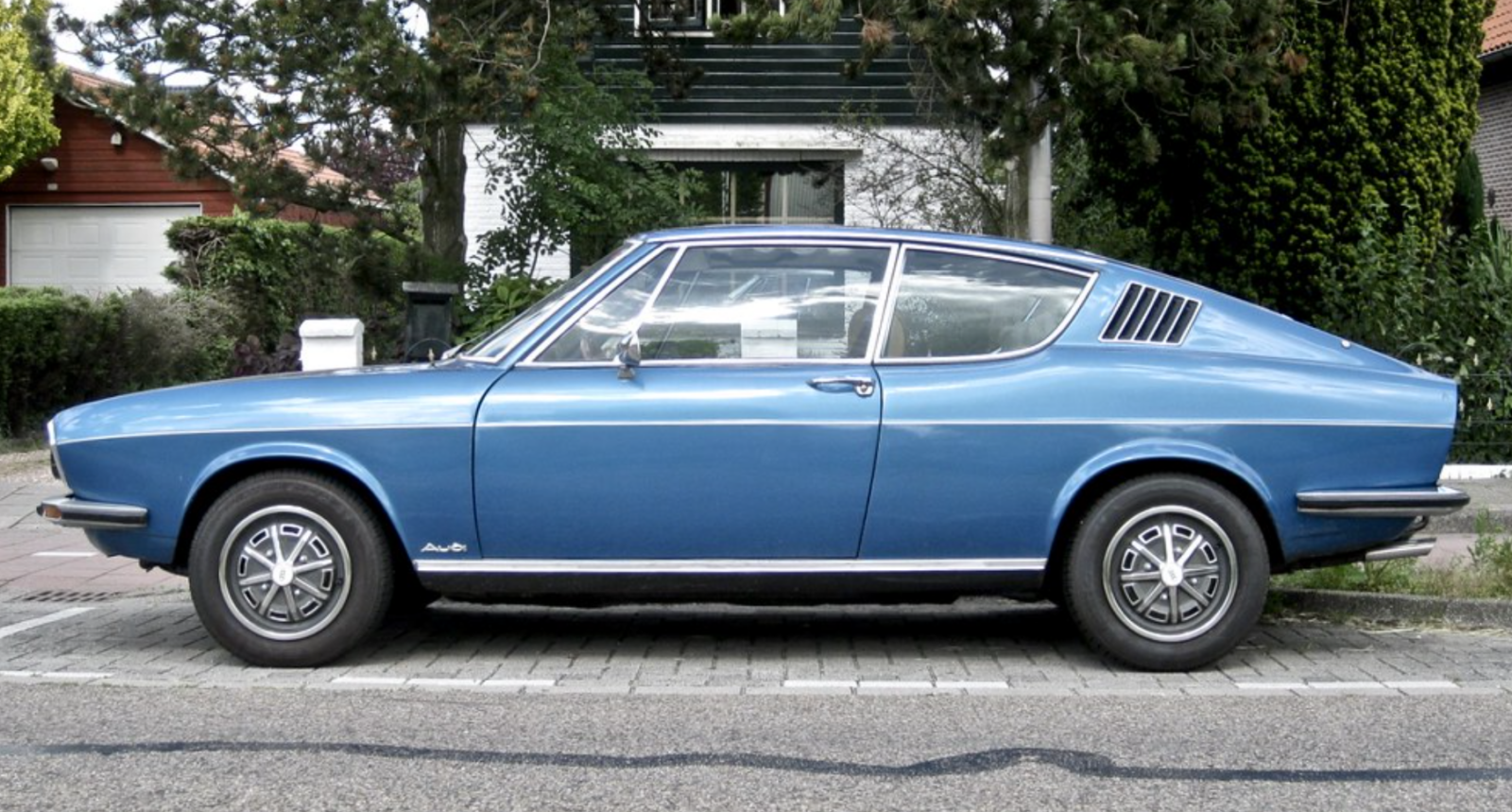
The Audi 100 Coupé S, with its elongated form, graceful curves, and pronounced fastback design, embodied Audi’s commitment to blend functional aesthetics with a touch of sporty elegance. On the flip side, the Lamborghini 400 GT 2+2, a successor to the original 350 GT and a predecessor to the Espada, showcased Italian flair at its best. Its grand tourer physique, characterized by rounded curves, pop-up headlights, and a broad stance, echoed Lamborghini’s pursuit of performance coupled with luxury.
Under the hood, the Audi 100 Coupé S housed an inline-four engine, making it reliable and sufficiently powerful for spirited drives. It aimed to bridge the gap between everyday usability and occasional thrill-seeking. The Lamborghini 400 GT 2+2, however, was a different beast altogether. Powered by a potent V12, it promised raw performance and an unmistakable exhaust note, true to Lamborghini’s DNA.
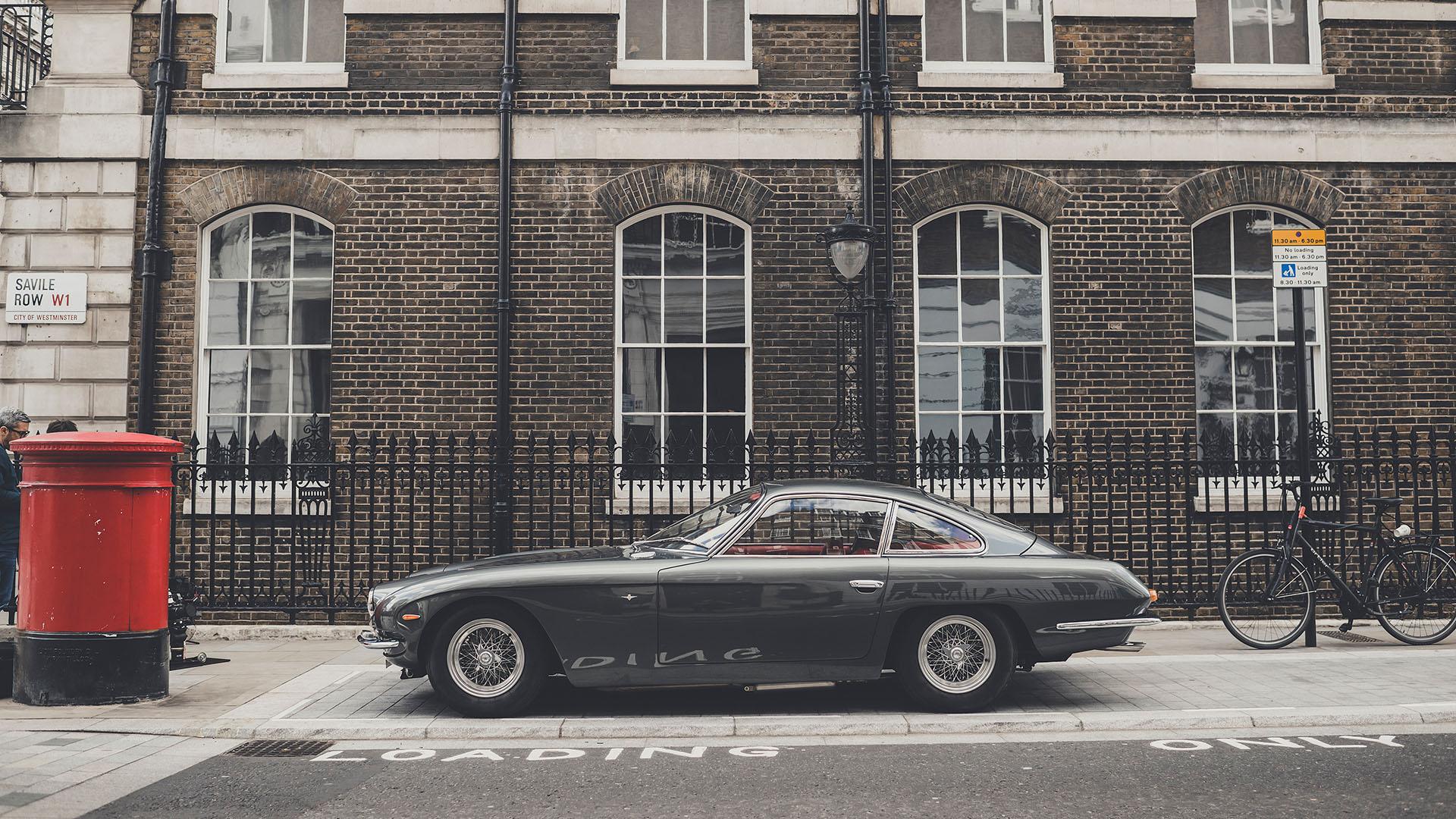
Inside, the 100 Coupé S was designed keeping in mind Audi’s minimalist yet luxurious approach, featuring an ergonomic layout and quality materials. The 400 GT 2+2, being a Lamborghini, didn’t skimp on luxury. It offered opulent leather upholstery, a spacious cabin considering its GT categorization, and intricate detailing, alluding to its Italian craftsmanship.
Both cars, while catering to different market segments, hold their places firmly in automotive history. The Audi 100 Coupé S showcased what was possible in terms of merging practicality with sportiness, and it set the stage for Audi’s future design endeavors. The Lamborghini 400 GT 2+2, with its limited production run, became a cherished classic for Lamborghini enthusiasts, underlining the brand’s capability to craft performance cars that could also accommodate more than two passengers in comfort.
| Specification | Audi 100 Coupé S | Lamborghini 400 GT 2+2 |
|---|---|---|
| Production Years | 1970-1976 | 1966-1968 |
| Engine | 1.9L inline-4 | 3.9L V12 |
| Power Output | Approx. 115 hp (85 kW) | Approx. 320 hp (239 kW) |
| Torque | Not widely specified | Approx. 276 lb-ft (375 Nm) |
| Transmission | 4-speed manual or 3-speed automatic | 5-speed manual |
| 0-60 mph (0-97 km/h) Acceleration | Approx. 10-11 seconds | Approx. 6-7 seconds |
| Top Speed | Approx. 185 km/h (115 mph) | Approx. 270 km/h (167 mph) |
| Weight | Approx. 1,065 kg (2,350 lbs) | Approx. 1,500 kg (3,307 lbs) |
| Length | Approx. 4,490 mm (176.8 in) | Approx. 4,650 mm (183.1 in) |
| Width | Approx. 1,760 mm (69.3 in) | Approx. 1,727 mm (68 in) |
| Height | Approx. 1,360 mm (53.5 in) | Approx. 1,257 mm (49.5 in) |
| Wheelbase | Approx. 2,550 mm (100.4 in) | Approx. 2,550 mm (100.4 in) |
Audi Coupé GL vs. Lamborghini Jarama GT 400
The late 70s and early 80s ushered in diverse automotive philosophies, with brands exploring varied design directions and engineering innovations. Nestled within this dynamic epoch were the Audi Coupé GL and the Lamborghini Jarama GT 400, each an echo of its brand’s distinctive character and ethos.
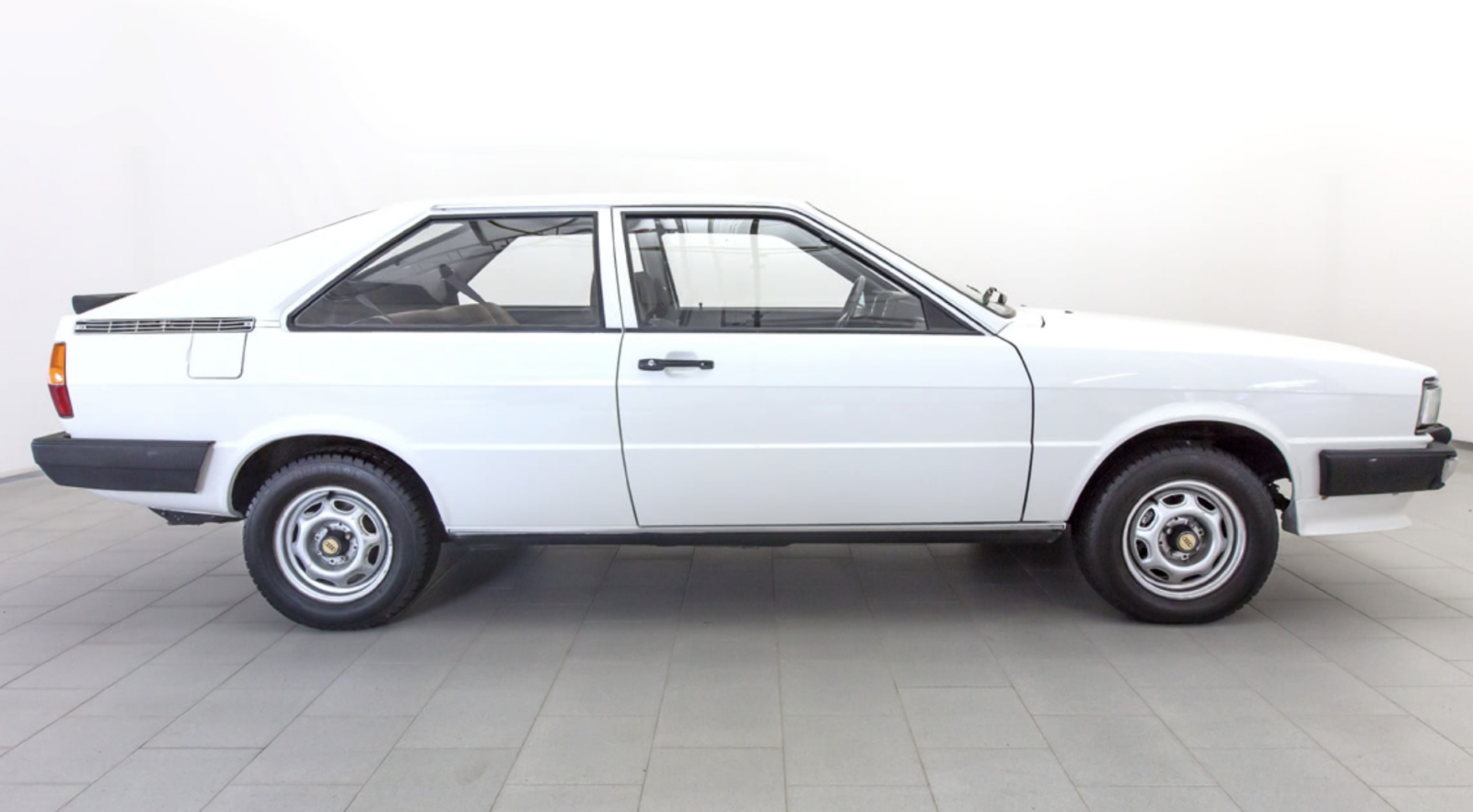
The Audi Coupé GL, which was based on the Audi 80 platform, showcased German engineering melded with a refined design palette. Its sleek profile, characterized by straight lines and a distinct wedge shape, encapsulated a move towards modernism while maintaining Audi’s intrinsic principles of functionality and elegance. In contrast, the Lamborghini Jarama GT 400 portrayed the passionate flamboyance of Italian design. As one of the last front-engined V12 Lamborghinis, its relatively compact form, combined with muscular wheel arches and a low-slung stance, highlighted its sporty GT intent.
The Audi Coupé GL’s powertrain was focused on reliability and efficiency, often featuring the brand’s inline-four engines. This ensured drivers experienced a balanced blend of performance and fuel economy, suitable for its target audience. The Lamborghini Jarama GT 400, in keeping with the brand’s tradition, was powered by a roaring V12 engine, promising a driving experience rich in power, agility, and that unmistakable Lamborghini growl.
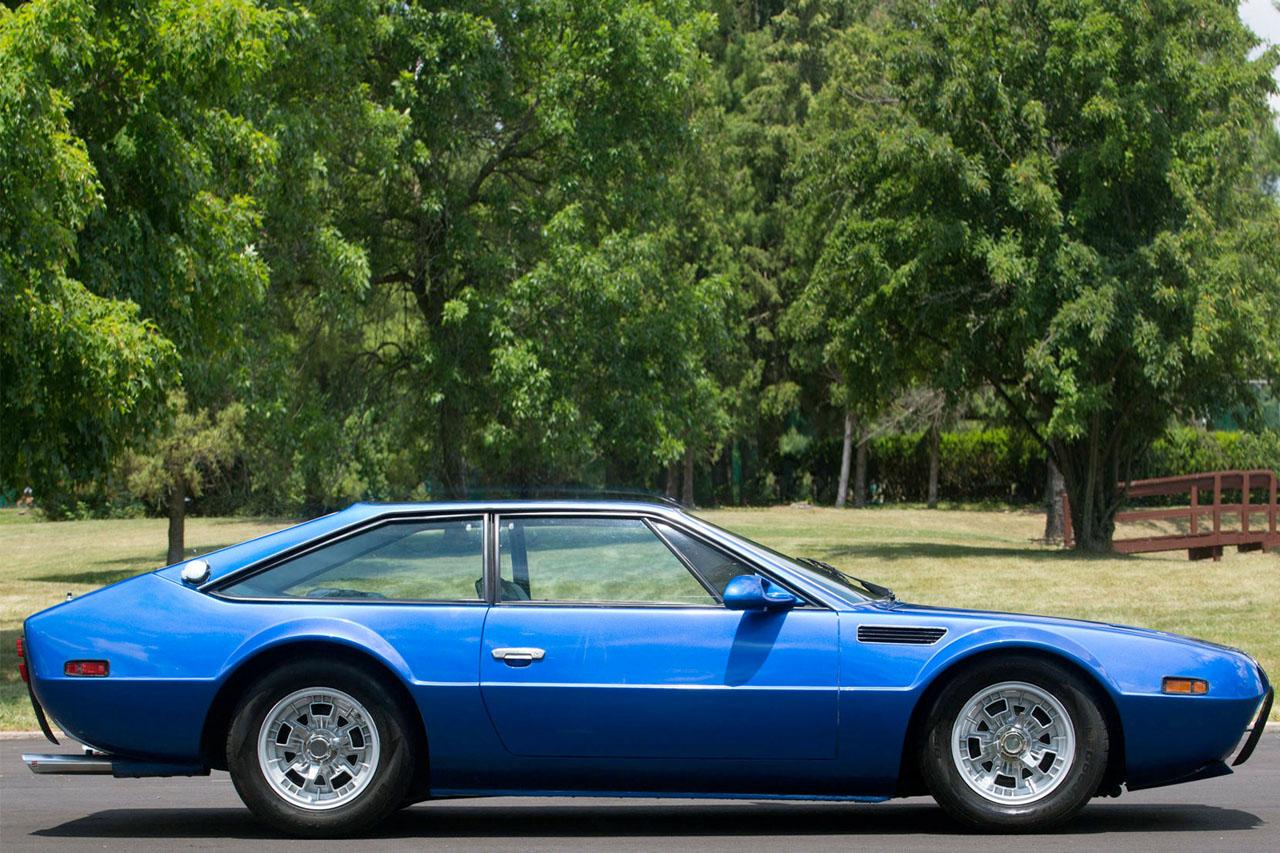
The interiors of the Audi Coupé GL were a testament to German precision and ergonomics, providing drivers and passengers with comfort and a suite of then-modern amenities. Everything was meticulously arranged, echoing Audi’s commitment to user-centric design. The Jarama GT 400, meanwhile, was a masterclass in Italian luxury. Its cabin, draped in fine leather and featuring wooden and chrome accents, encapsulated the grandeur that one would associate with a Lamborghini GT of that era.
While both cars catered to disparate market niches, their impacts were profound. The Audi Coupé GL showcased the potential of producing a stylish yet functional coupe that could cater to a broader audience, setting a precedent for future Audi coupes. The Lamborghini Jarama GT 400, with its limited production numbers, is today revered as a classic, symbolizing a unique chapter in Lamborghini’s storied history.
The Audi Coupé GL and Lamborghini Jarama GT 400, though worlds apart in purpose and design, perfectly capture the rich tapestry of automotive evolution during their era. They stand as testament to how diverse the world of cars can be, yet each holds its place, resonating with enthusiasts for varied reasons.
| Specification | Audi Coupé GL | Lamborghini Jarama GT 400 |
|---|---|---|
| Production Years | 1980-1988 | 1970-1973 |
| Engine | 1.9L – 2.3L inline-5 | 3.9L V12 |
| Power Output | Approx. 115 hp (85 kW) to 136 hp (101 kW) | Approx. 350 hp (261 kW) |
| Torque | Varies based on engine variant | Approx. 290 lb-ft (393 Nm) |
| Transmission | 5-speed manual or 3-speed automatic | 5-speed manual |
| 0-60 mph (0-97 km/h) Acceleration | Varies based on engine, generally around 9-10 seconds | Approx. 7 seconds |
| Top Speed | Approx. 190-200 km/h (118-124 mph) | Approx. 250 km/h (155 mph) |
| Weight | Varies based on variant, approx. 1,100 kg (2,425 lbs) | Approx. 1,650 kg (3,638 lbs) |
| Length | Approx. 4,405 mm (173.4 in) | Approx. 4,460 mm (175.6 in) |
| Width | Approx. 1,680 mm (66.1 in) | Approx. 1,828 mm (72.0 in) |
| Height | Approx. 1,360 mm (53.5 in) | Approx. 1,190 mm (46.9 in) |
| Wheelbase | Approx. 2,550 mm (100.4 in) | Approx. 2,380 mm (93.7 in) |
Audi R8 vs. Lamborghini Huracán
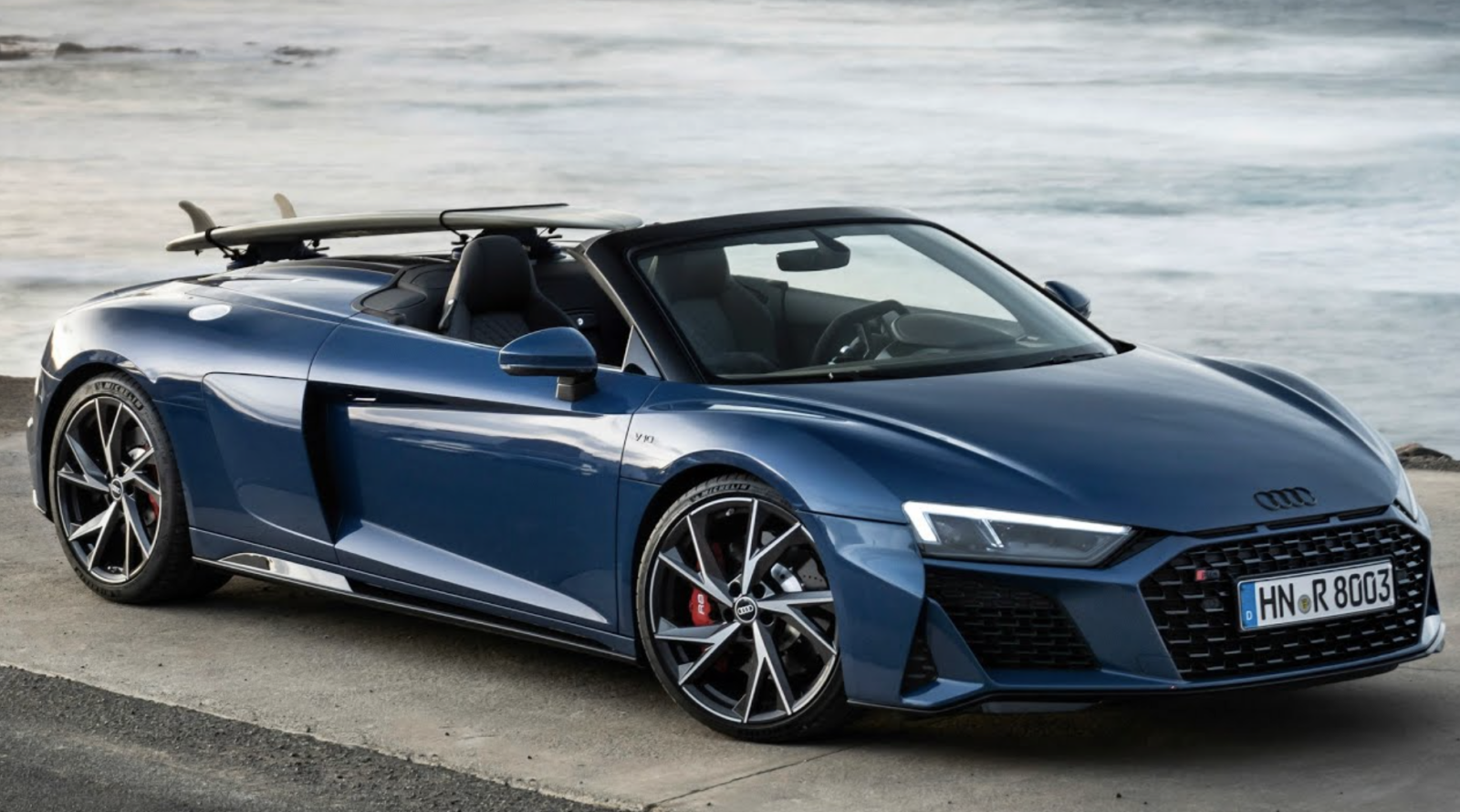
The Audi R8 and the Lamborghini Huracán share more than just aesthetic parallels. Their foundation is based on the same modular platform, known as the Modular Sports System (MSS). This shared platform creates a fundamental bridge between the two vehicles, allowing them to benefit from synergies in research, development, and production. While platform sharing is not uncommon in the automotive world, it’s the nuanced differentiation in design and performance attributes that makes each vehicle stand out.
Both the Audi R8 and Lamborghini Huracán employ the celebrated mid-engine layout. The strategic placement of the engine between the driver and the rear axle isn’t just for show; it’s about achieving the optimal weight distribution. This configuration translates into enhanced handling, improved stability, and an increased connection between the driver and the road. The resulting driving experience is both exhilarating and precise, attributes both brands are known for.
At a first glance, the sharp, angular design elements in both vehicles stand out. The R8 and Huracán are both unmistakable on the road with their bold aesthetics, yet they each speak a different design language. The R8 carries with it Audi’s blend of elegance and sportiness with its pronounced side blades and aerodynamic contours. The Huracán, however, is every bit the showstopper one would expect from Lamborghini. It exudes flamboyance with its extreme lines, hexagonal detailing, and aggressive stance, making it hard to miss in any setting.
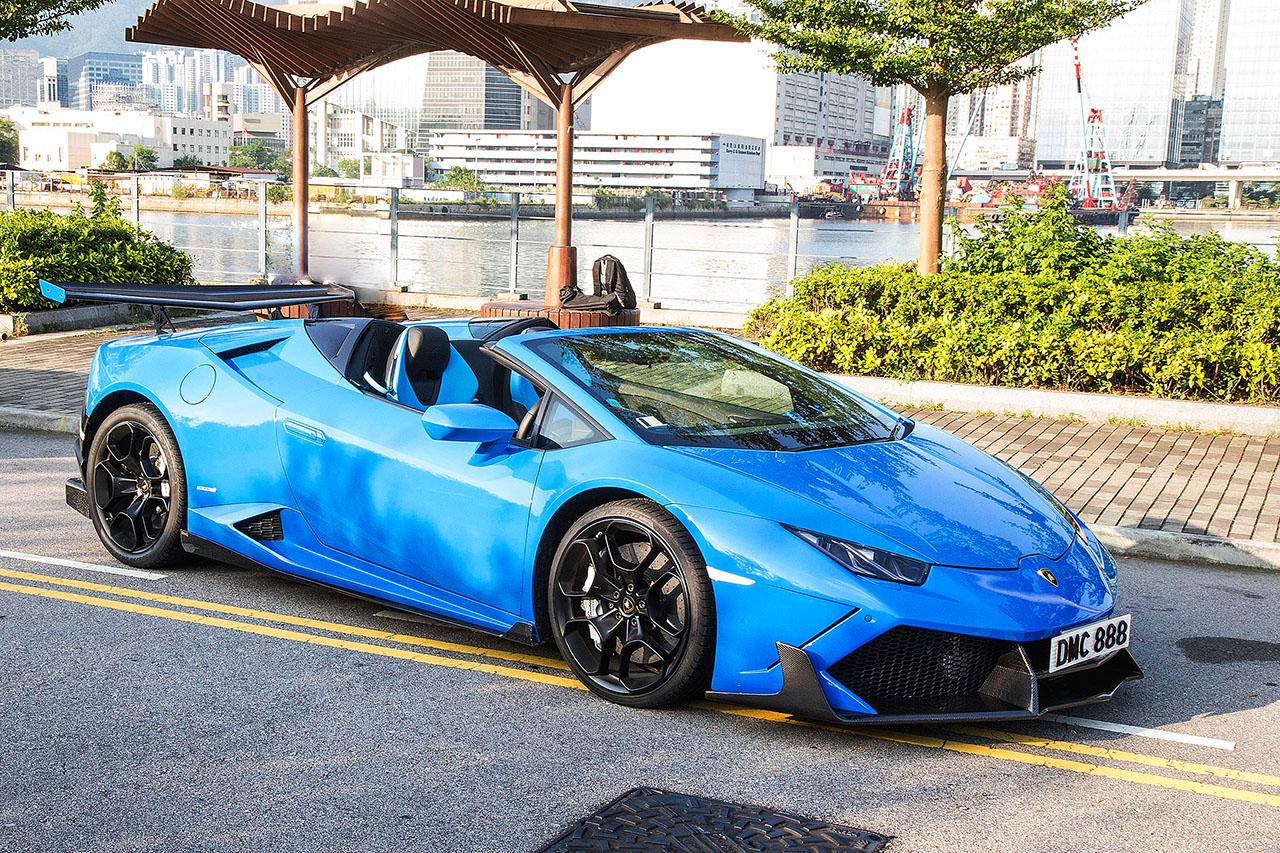
Moving inside, the R8 offers a more refined and luxurious space, aligning with Audi’s ethos of combining performance with opulence. Features like the Audi Virtual Cockpit and meticulously crafted interior materials create an environment that’s both sporty and plush. The Huracán’s interior, on the other hand, leans more towards a race-inspired environment. The fighter-jet design, combined with the toggle switches and the digital instrument cluster, provides a sense of occasion every time you sit inside.
When it comes to performance, both cars are engineered for thrill-seekers. The R8’s V10 engine offers a sublime blend of power and sound, ensuring an emotive driving experience. The Huracán’s V10, while shared in essence, is tuned differently, providing a slightly more aggressive thrust and a distinct auditory note. Regarding handling, while both cars benefit from the mid-engine layout and all-wheel drive, the Huracán’s tuning is a tad more focused, offering a sharper response to driver inputs.
| Specification | Audi R8 | Lamborghini Huracán |
|---|---|---|
| Production Years | 2006-present | 2014-present |
| Engine | 5.2L V10 | 5.2L V10 |
| Power Output | – V10: 562 hp (419 kW) | Varies by model, around 602 hp (449 kW) for LP 610-4 |
| – V10 Performance: 602 hp (449 kW) | ||
| Torque | – V10: 406 lb-ft (550 N·m) | Approx. 413 lb-ft (560 N·m) for LP 610-4 |
| – V10 Performance: 413 lb-ft (560 N·m) | ||
| Top Speed | Varies by model, up to ~205 mph (330 km/h) for V10 Performance | Approx. 202 mph (325 km/h) for LP 610-4 |
| 0-60 mph Acceleration | – V10: Approx. 3.4 seconds | Approx. 2.8 seconds for LP 610-4 |
| – V10 Performance: Approx. 3.2 seconds | ||
| Transmission | 7-speed S tronic dual-clutch | 7-speed dual-clutch |
| Drive Type | AWD | AWD (for LP 610-4 version) |
| Wheelbase | 2,650 mm (104.3 in) | 2,620 mm (103.1 in) |
| Weight | Around 1,595 kg (3,516 lbs) | Approximately 1,422 kg (3,135 lbs) for LP 610-4 |
| Base Price | Starting at around $169,900 | Starting at around $261,274 (for the LP 610-4) |
Audi Q8/RSQ8 vs. Lamborghini Urus
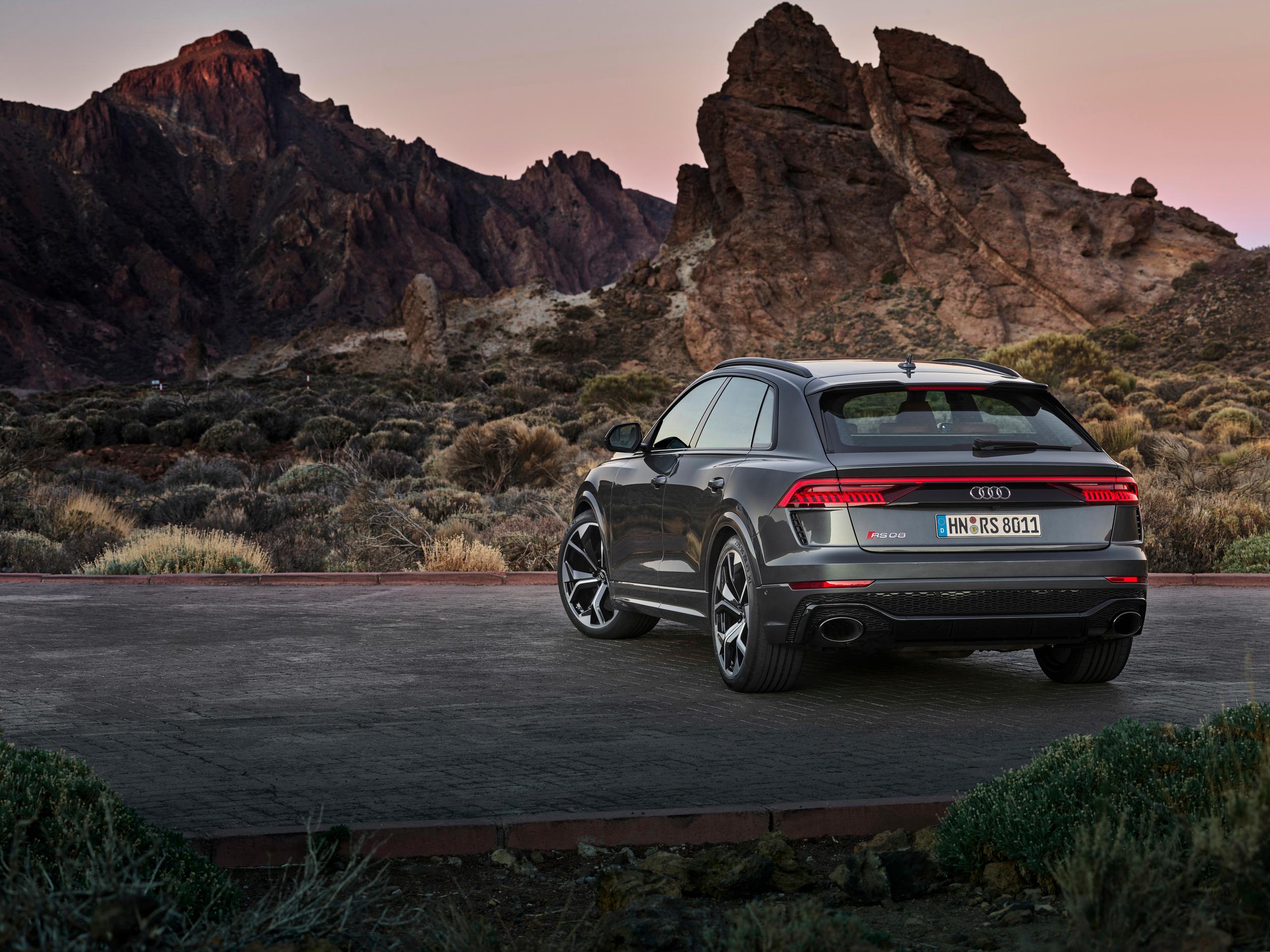
The automotive landscape has seen a significant pivot towards SUVs in recent years. As market demand grows, luxury and performance brands have responded with their renditions of the SUV, marrying practicality with performance. The Audi Q8 and its more performance-oriented sibling, the RSQ8, alongside the Lamborghini Urus, are prime examples of this fusion.
At the heart of these vehicles is the Volkswagen Group’s MLB Evo platform. A shared platform, especially among luxury vehicles, suggests an underlying DNA that provides a foundation in terms of technology, safety features, and specific design elements. While this shared base aids in streamlining production and research efforts, each brand molds the platform to resonate with its distinct identity.
Aesthetically, each vehicle portrays its brand ethos clearly. The Urus, while being an SUV, unmistakably echoes Lamborghini’s aggressive and angular design heritage. Its sharp lines, Y-shaped headlights, and hexagonal elements draw inspiration from Lamborghini’s supercar range. In contrast, the Q8 and RSQ8 radiate Audi’s progressive elegance. With the Singleframe grille, sleek LED lighting, and sculpted bodywork, these vehicles exhibit a harmonious blend of sportiness and luxury. The RSQ8 takes it a step further with enhanced aerodynamic features, larger air intakes, and a more pronounced sporty demeanor.
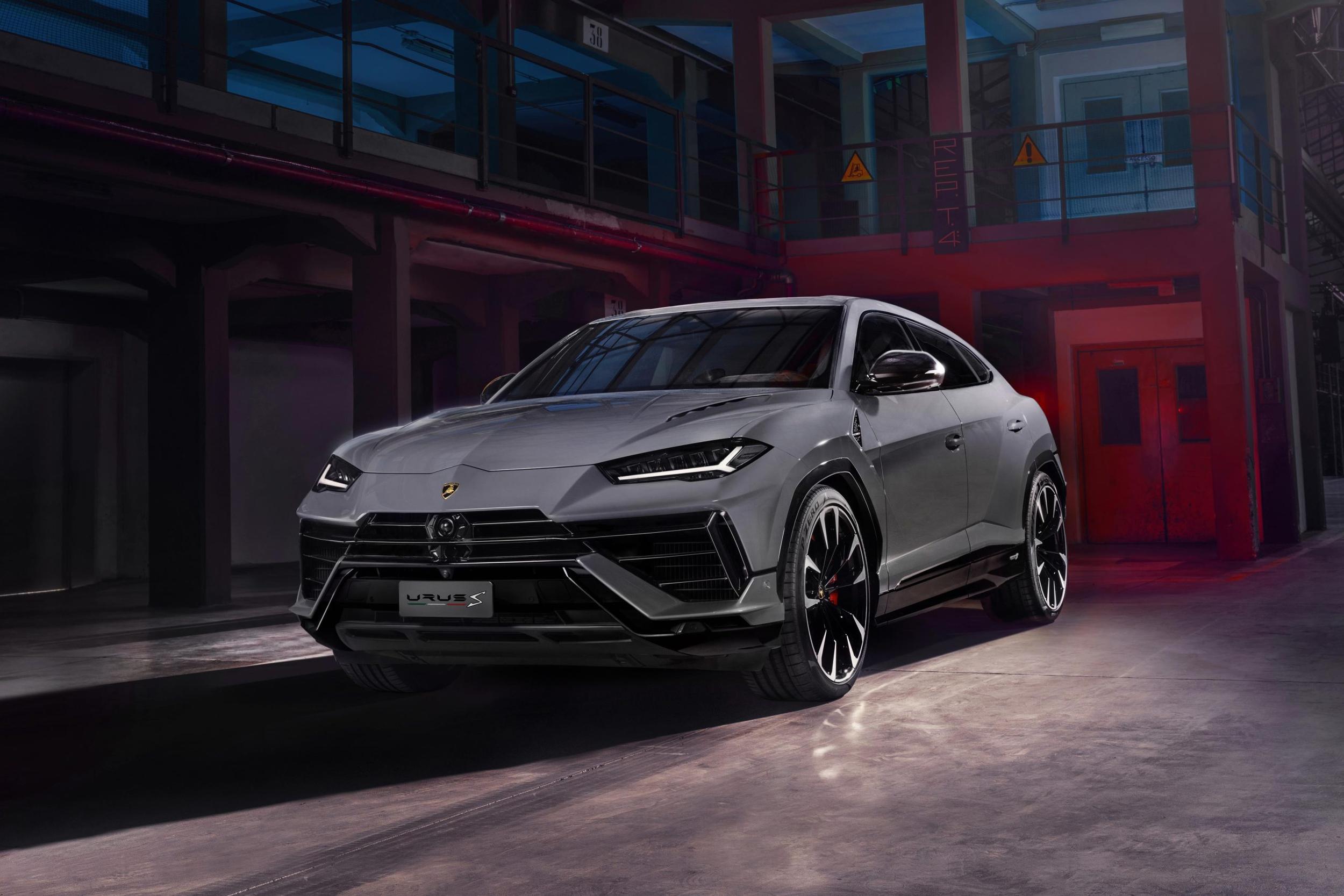
Inside, the distinctions become even more pronounced. The Audi Q8 and RSQ8 are havens of luxury, with high-quality materials, meticulous craftsmanship, and cutting-edge technology, including the MMI touch response system and the Virtual Cockpit. The RSQ8, being the performance variant, incorporates sportier elements such as RS-specific displays and Alcantara accents. The Urus, meanwhile, brings a touch of Sant’Agata Bolognese to the SUV realm. Its interior is rife with hexagonal motifs, aeronautic-inspired toggle switches, and the unmistakable ANIMA (Adaptive Network Intelligent Management) selector that offers various driving modes.
The performance story is where these SUVs truly aim to stand out. The RSQ8, powered by a twin-turbo V8, delivers performance that challenges sportscar norms, boasting impressive acceleration figures and dynamic handling capabilities. The Lamborghini Urus termed a “Super SUV”, doesn’t hold back either. Its tuned version of the V8 propels it with an aggression one typically associates with Lamborghini, accompanied by an exhaust note that is music to an enthusiast’s ears. Adaptive air suspension, active roll stabilization, and rear-wheel steering in both vehicles ensure that their performance capabilities don’t compromise on ride comfort or handling precision.
| Specification | Audi Q8 | Audi RS Q8 | Lamborghini Urus |
|---|---|---|---|
| Production Years | 2018-present | 2019-present | 2018-present |
| Engine | 3.0L TFSI V6 | 4.0L TFSI V8 | 4.0L twin-turbocharged V8 |
| Power Output | 335 hp (250 kW) | 591 hp (441 kW) | 641 hp (478 kW) |
| Torque | 369 lb-ft (500 N·m) | 590 lb-ft (800 N·m) | 627 lb-ft (850 N·m) |
| Top Speed | Approximately 130 mph (209 km/h) | Approx. 189 mph (305 km/h) | Approx. 190 mph (305 km/h) |
| 0-60 mph Acceleration | Approx. 5.6 seconds | Approx. 3.7 seconds | Approx. 3.6 seconds |
| Transmission | 8-speed automatic | 8-speed automatic | 8-speed automatic |
| Drive Type | AWD | AWD | AWD |
| Wheelbase | 2,995 mm (117.9 in) | 2,995 mm (117.9 in) | 3,003 mm (118.2 in) |
| Weight | Around 2,145 kg (4,728 lbs) | Approx. 2,315 kg (5,103 lbs) | Approx. 2,200 kg (4,850 lbs) |
| Base Price | Starting at around $68,200 | Starting at around $114,500 | Starting at around $207,326 |
Audi e-tron GT/RS vs. Lamborghini Lanzador
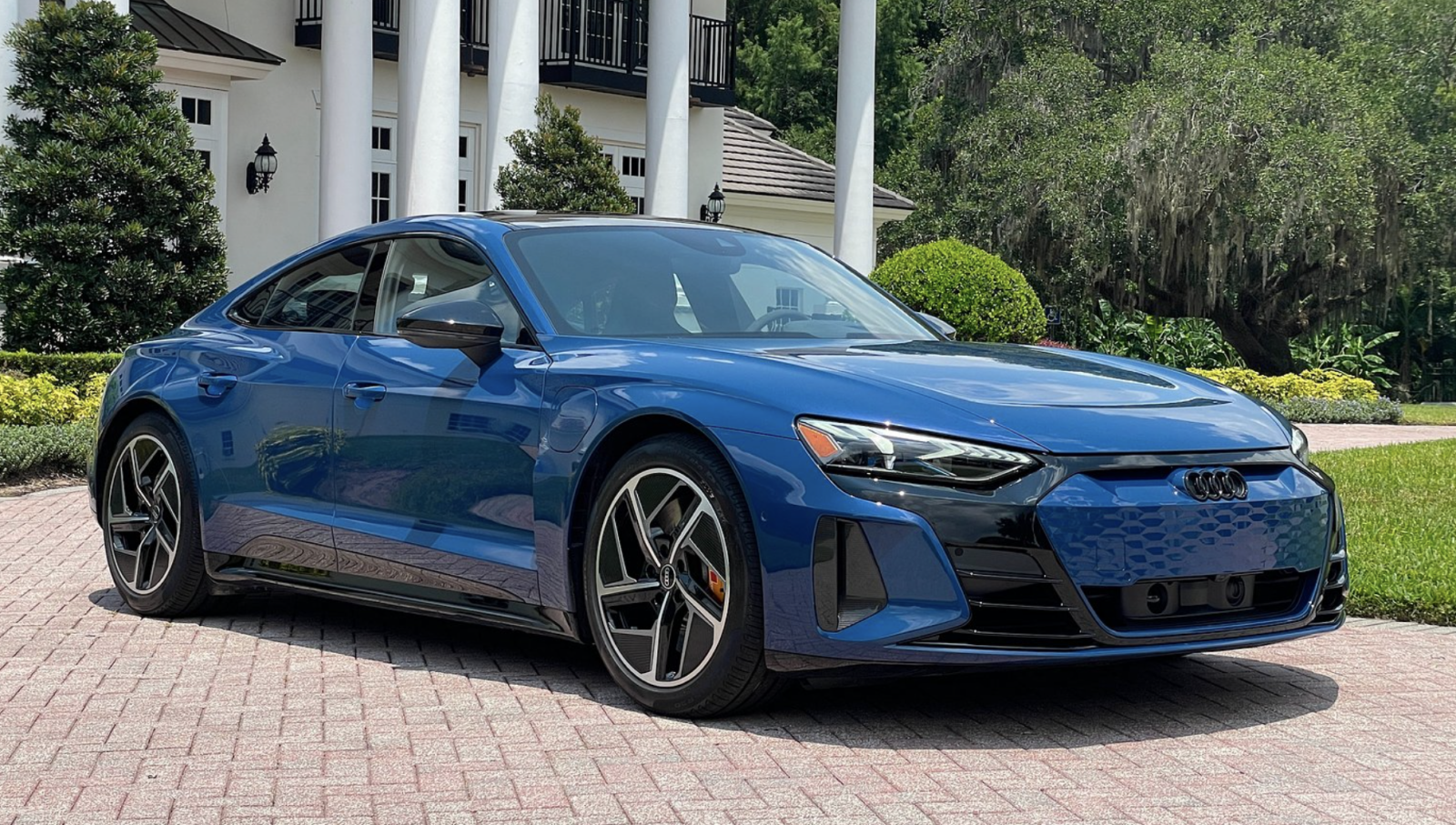
As the automotive tapestry evolves, electrification stands at its forefront. Both Audi and Lamborghini, storied brands with rich histories, have recognized this tectonic shift. The e-tron GT and its performance variant, the RS e-tron GT, alongside Lamborghini’s Lanzador, embody their forays into this electric future.
While details about shared platforms or components might be proprietary, what’s evident is the Volkswagen Group’s overarching strategy to push for electric mobility solutions. This strategic direction ensures that there’s a confluence of technological innovations and advancements flowing between brands, all while retaining their unique identities.
Regarding aesthetics, both the Audi duo and the Lanzador embrace the future without forgoing their heritage. The e-tron GT and RS e-tron GT, with their sculpted bodywork, low stance, and sweeping roofline, capture Audi’s commitment to blending elegance with performance. Matrix LED headlights with laser light and the light strip connecting the rear lights emphasize its modernity. The Lanzador, as one would expect from a Lamborghini, incorporates the brand’s characteristic dramatic design language. Its sharp angles, aggressive aerodynamics, and unmistakably Lamborghini details render it a visual spectacle, even as an electric vehicle.
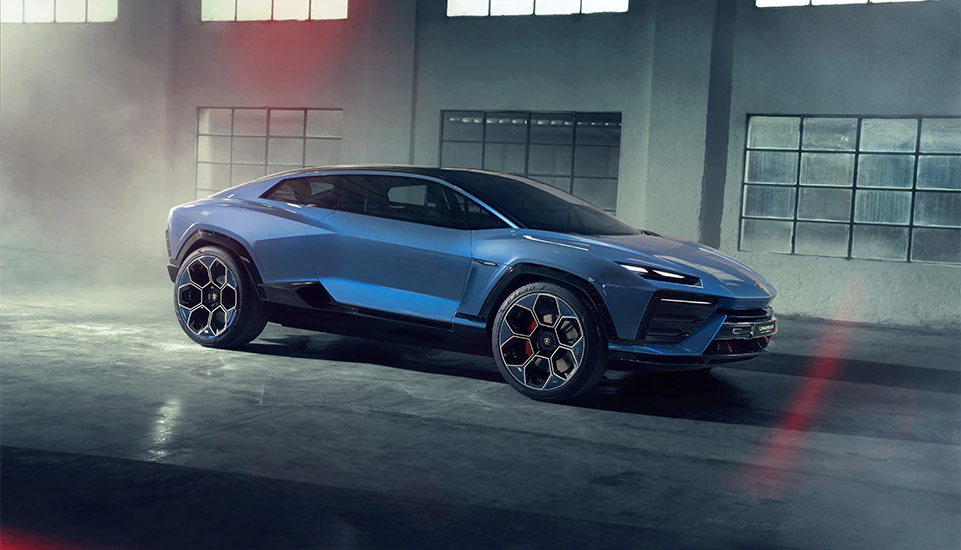
Stepping inside these vehicles is a journey into the future. The e-tron GT models exhibit Audi’s penchant for technological excellence with features like the Audi Virtual Cockpit, multiple touchscreens, and a focus on sustainable luxury using recycled materials. The Lanzador, while equally tech-laden, evokes the sensation of being in a futuristic cockpit, with ergonomic displays, touch-sensitive controls, and a design ethos that screams performance.
Electrification doesn’t dilute performance; it redefines it. The e-tron GT and RS e-tron GT are a testament to this, boasting instantaneous torque, all-wheel drive, and staggering acceleration figures. Their adaptive air suspension systems and low center of gravity due to battery placement ensure dynamic handling without compromising comfort. The Lamborghini Lanzador, true to its brand’s ethos, is more than just an electric vehicle. It’s an electric Lamborghini. This means uncompromised performance, neck-snapping acceleration, and a driving experience that’s as exhilarating as any of its combustion-engined counterparts.
While performance metrics are vital, electric vehicles also emphasize range and charging capabilities. Both Audi and Lamborghini have invested significantly in ensuring their electric offerings deliver practical range figures. Fast-charging capabilities, coupled with expanding charging infrastructures, aim to mitigate the range anxiety often associated with electric vehicles.
| Specification | Audi e-tron GT | Audi RS e-tron GT |
|---|---|---|
| Production Years | 2021-present (as of 2022) | 2021-present (as of 2022) |
| Motor | Dual Electric Motors | Dual Electric Motors |
| Power Output | 469 hp (350 kW) – Overboost: 523 hp (390 kW) | 590 hp (440 kW) – Overboost: 637 hp (475 kW) |
| Torque | 464 lb-ft (630 N·m) – Overboost: 612 lb-ft (830 N·m) | 612 lb-ft (830 N·m) – Overboost: 612 lb-ft (830 N·m) |
| Top Speed | 152 mph (245 km/h) | 155 mph (250 km/h) |
| 0-60 mph Acceleration | Approx. 3.9 seconds | Approx. 3.1 seconds |
| Transmission | Single-speed (front), 2-speed (rear) | Single-speed (front), 2-speed (rear) |
| Drive Type | AWD | AWD |
| Range (WLTP) | Up to 298 miles (480 km) | Up to 283 miles (455 km) |
| Base Price | Starting at around $99,900 | Starting at around $139,900 |
Audi Models That Looks Like A Lamborghini: Conclusion
It’s evident that while Audi and Lamborghini have their individual design philosophies and brand identities, there are underlying threads of similarity owing to shared platforms and the broader Volkswagen Group strategy. However, each vehicle, when looked at in isolation, is a testament to the design prowess and engineering capabilities of its respective brand. As both companies evolve and adapt to the changing automotive landscape, it will be interesting to observe how their designs and technologies converge or diverge in the years to come.

